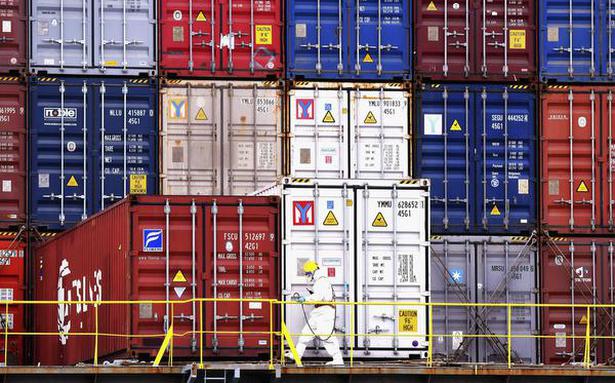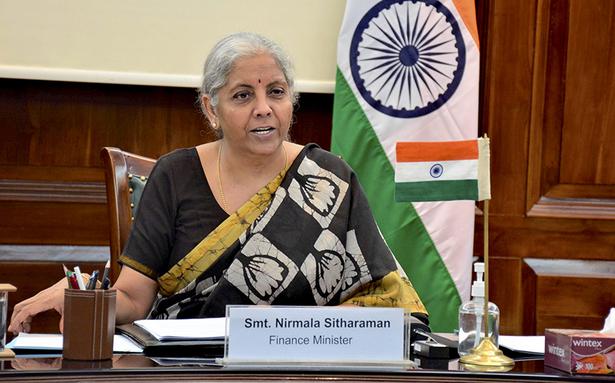China’s economic activity slowed sharply in April as the extension of COVID-19 lockdowns took a heavy toll on consumption, industrial production and employment, and fueled fears that the economy could contract in the second quarter.
Full or partial lockdowns were imposed in dozens of cities in March and April, including a protracted shutdown of commercial hub Shanghai, tying workers and shoppers to their homes and severely disrupting supply chains.
Retail sales fell 11.1% in April from a year earlier, the biggest drop since March 2020, National Bureau of Statistics (NBS) data showed on Monday, and worse than forecast.
Restaurants have been suspended in some provinces, resulting in a 22.7% drop in catering revenue in April. China’s auto sales plunged 47.6% from a year earlier as automakers cut production amid empty showrooms and parts shortages.
As anti-virus measures disrupted supply chains and paralyzed distribution, industrial production fell 2.9% yoy, below expectations for 0.4% growth. The reading was the biggest drop since February 2020.
In line with the fall in industrial production, China processed 11% less crude oil in April than a year earlier, with daily throughput falling to the lowest level since March. The country’s power generation in April also fell 4.3% year on year, the lowest since May 2020.
The shock also weighed on the labor market, which the Chinese leadership has prioritized for economic and social stability. The nationwide survey-based unemployment rate rose to 6.1% in April from 5.8%, the highest since February 2020 when it was 6.2%.
The unemployment rate of 6.7% in 31 major cities in April is the highest since records began in 2018.
The government aims to keep the unemployment rate below 5.5% by 2022.
China aims to create more than 11 million jobs this year, and preferably 13 million urban jobs, Premier Li Keqiang said in March, but he recently described the country’s employment situation as “complicated and grim” following the worst COVID-19 outbreaks since 2020.
Fixed investment, the main driver Beijing is banking on to prop up the economy as exports slowed, rose 6.8% year-on-year in the first four months, compared with an expected 7% increase.
The extended lockdown in Shanghai and ongoing testing in Beijing are raising concerns about economic growth later in the year, said Nie Wen, an economist at Hwabao Trust in Shanghai.
“It’s still possible to achieve GDP growth of around 5% this year if COVID restrictions only hit the economy in April and May. But the virus is so contagious and I remain concerned about future growth.”
Difficult to reach goal
Analysts said Beijing’s official 2022 growth target of about 5.5% is becoming increasingly difficult to achieve as officials cling to a draconian zero-COVID policy. In addition, the key real estate market is in a prolonged slump and export growth has slowed to a two-year low.
The economy grew 4.8% in the first quarter.
China’s fiscal authorities said on Sunday they would allow banks to lower the floor of home loan interest rates based on the corresponding tenor of the main interest rate for first-time home buyers in a bid to prop up housing demand and promote healthy development of the country’s real estate market.
ING analysts expect economic growth to contract by 1% in the second quarter from a year earlier, while Nomura said the Chinese economy has faced a rising risk of recession since mid-March.
Capital Economics now forecasts China growth of just 2% for the full year and said if COVID cannot be controlled, even that is not guaranteed.
“Even with the current virus wave crushed, COVID controls will continue to hold back activity to some extent in the coming quarters,” the statement said Friday.
While policymakers have repeatedly pledged more support for the slowing economy, stimulus so far has been “underwhelming,” with only small interest rate cuts, she added.
China’s central bank on Monday rolled over medium-term policy loans while keeping interest rates unchanged for the fourth straight month.
Nie said the authorities are cautious about introducing quantitative measures such as large-scale cuts in interest rates or banks’ reserve ratios to stimulate the economy amid concerns about U.S. interest rate hikes and a depreciation of the Chinese currency, but structural and targeted measures, such as z as in the real estate sector, preferred.



